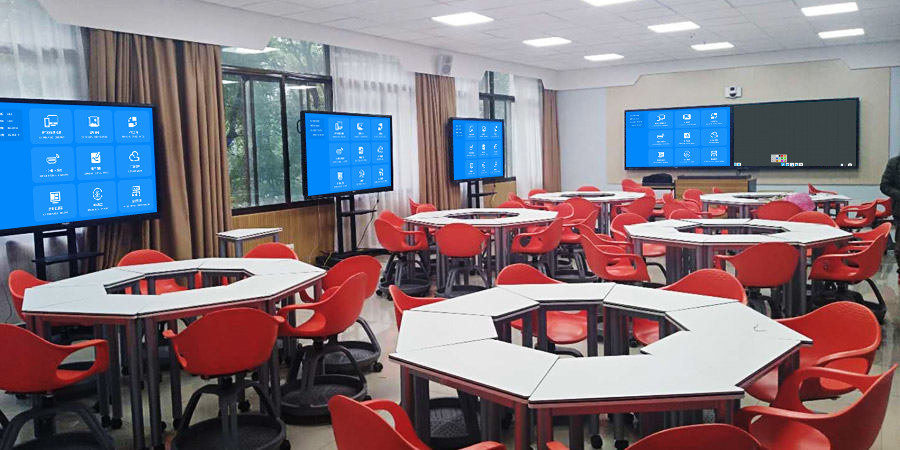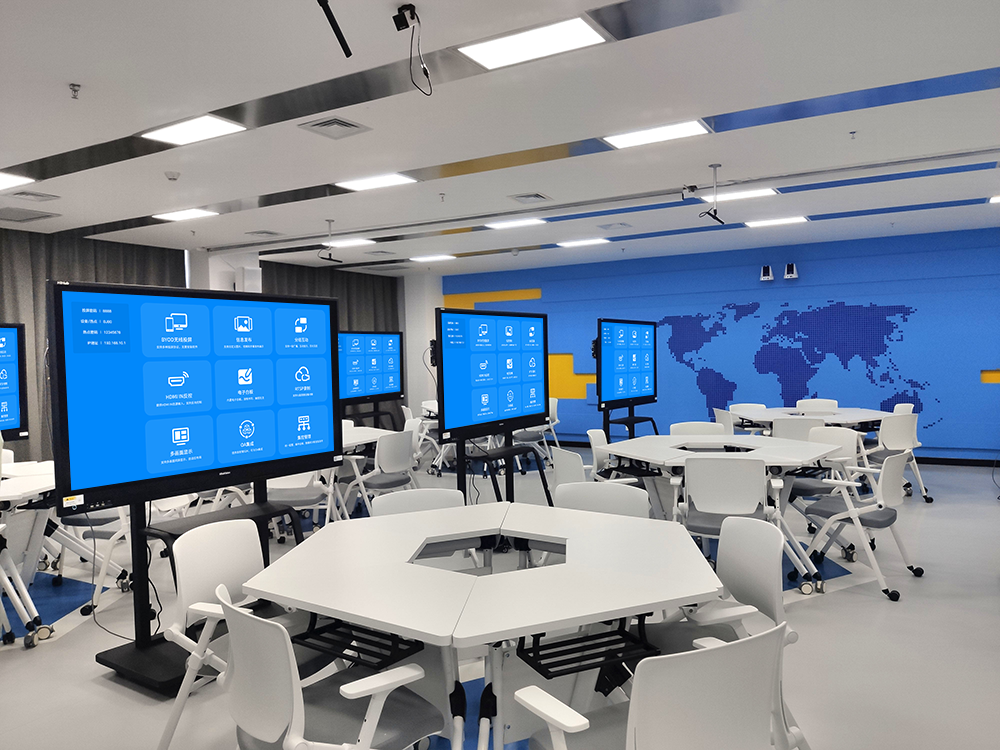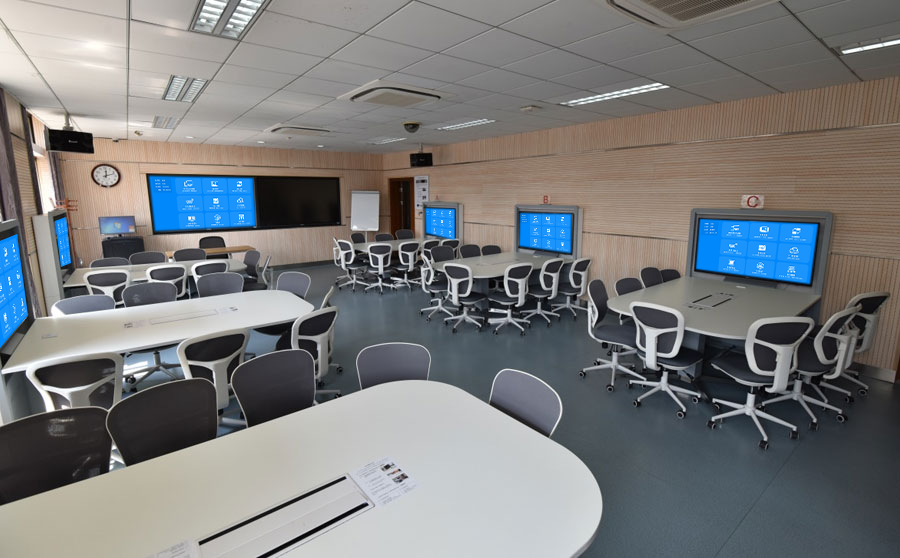Multi-Screen Interaction: Boosting Device Collaboration for Greater Efficiency
Multi-screen interaction breaks through the limitations of single devices, allowing phones, computers, large displays, and more to work together seamlessly, providing a truly convenient experience. Here are its core advantages:
I. Rapid Connection, Instant Multi-Device Linking
- One-click access for devices like phones, computers, and tablets to the interactive system.
- Supports various connection methods, including wireless and wired, ensuring stable access even in complex environments.
- Remembers past devices, eliminating the need for repeated pairing on subsequent uses, saving you time.

II. Two-Way Collaboration, Real-Time Information Exchange
- The large screen can control small devices, allowing for synchronized document edits and annotation feedback.
- Small devices can also control the large screen, offering flexible content switching and setting adjustments.
- Content from multiple devices can be displayed simultaneously, making comparisons and analyses more intuitive.

III. Full Compatibility, Seamless Cross-System Support
- Compatible with mainstream operating systems like iOS, Android, Windows, and Mac.
- Supports screen mirroring for all types of file formats, ensuring clear display of documents, videos, and images.
- New and old devices can integrate, so you don’t have to worry about model incompatibility.

IV. Scenario Adaptation, Meeting Diverse Needs
- Office: In meetings, multiple devices can take turns presenting, with real-time annotation and discussion, boosting efficiency.
- Education: Teachers and students can share content between devices, and group screen mirroring for comparisons enhances interactivity.
- Home: Multiple devices can share audio and video, allowing for big-screen viewing with small-screen control, balancing experience and convenience.
Multi-screen interaction makes device collaboration more efficient, adding convenience to your work, study, and daily life.